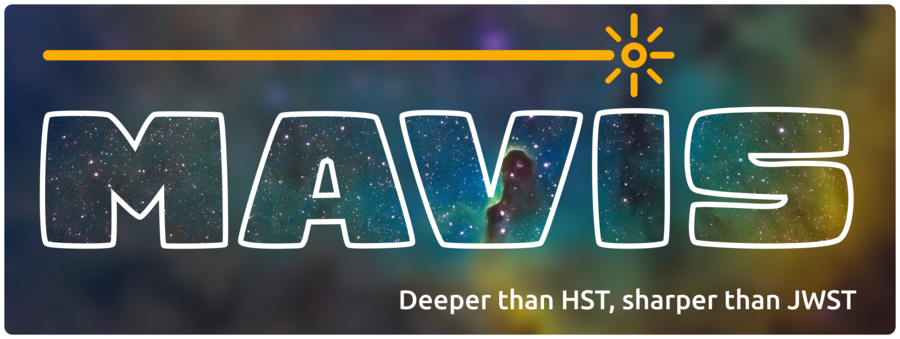Speaker
Description
Gravitational lensing acting as cosmic telescopes is allowing us to access high redshift galaxies at unprecedented small physical scales (tens of parsec) and faint luminosity, opening to the possibility of revealing the still elusive formation of globular clusters in the early Universe. Young stellar massive clusters are also the main sources of ionizing radiation and stellar feedback, likely carving ionized tunnels in the host galaxy through which the Lyman continuum (λ<912A) can escape into the intergalactic medium, making them also relevant for the reionization studies. Current analysis on lensed fields naturally anticipate what future extreme adaptive optics facilities (mounted on VLT and E-ELT) will do in blank fields, whilst the same facilities - like MAVIS - with relatively large sky coverage (>50%), PSF of a few tens of mas on imaging and equipped by IFU with 20-40 mas/spaxel with FoV wider than 3" x 3" targeting lensed sources will allow us to definitely probe parsec scales close to the reionization epoch: the stellar cluster formation efficiency of distant galaxies will be measured for the first time along cosmic epochs.

